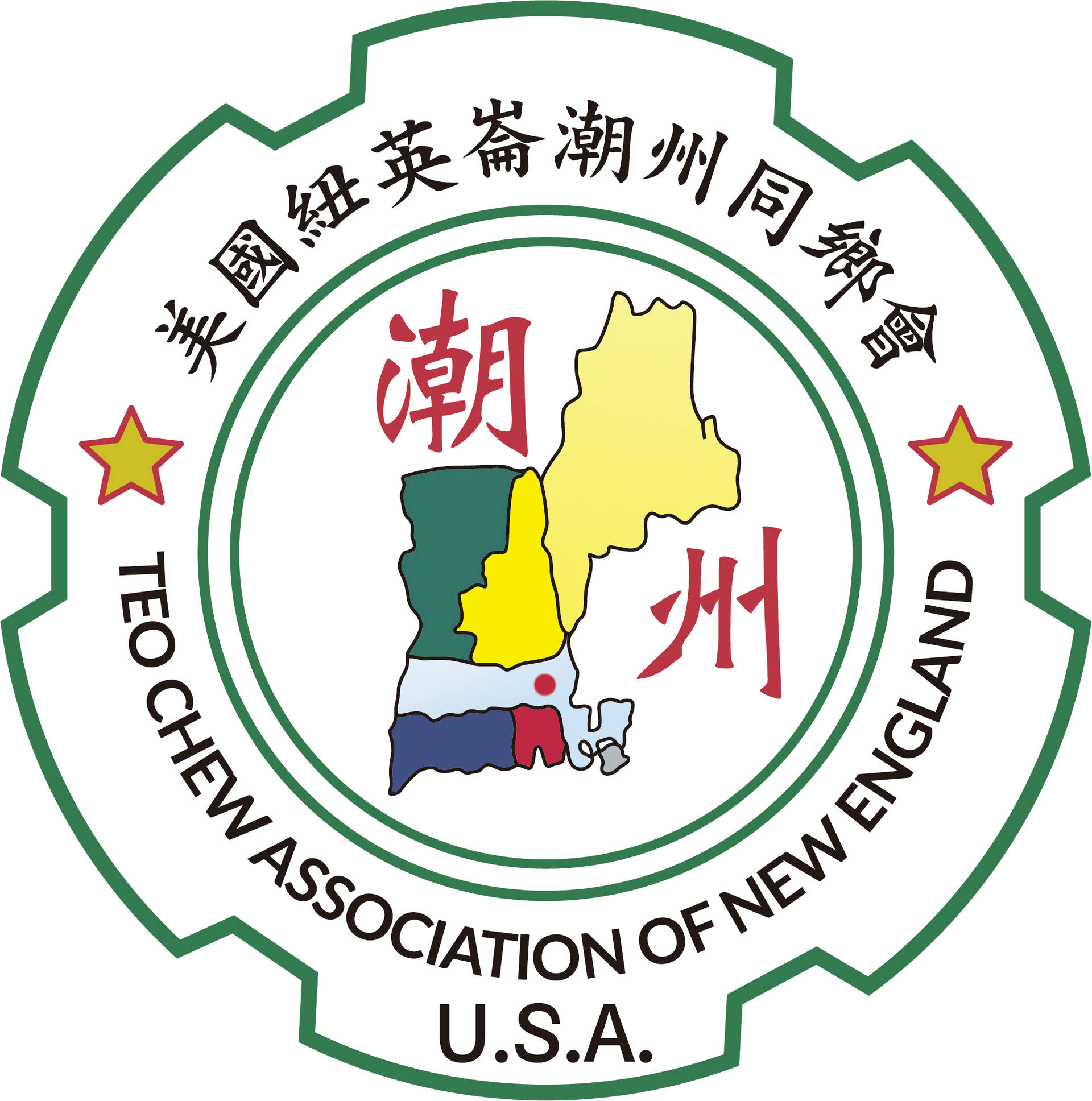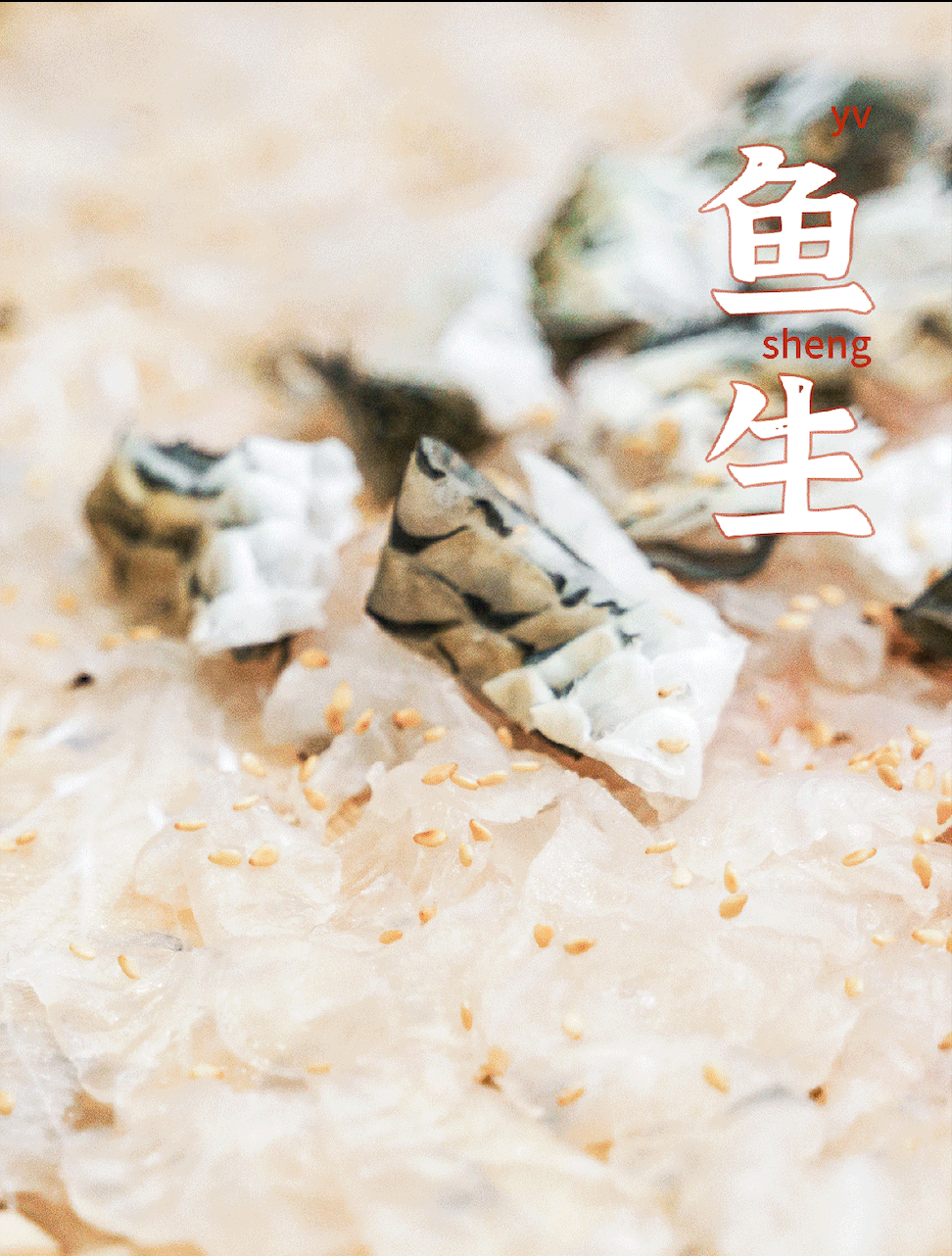What is Chaoshan?
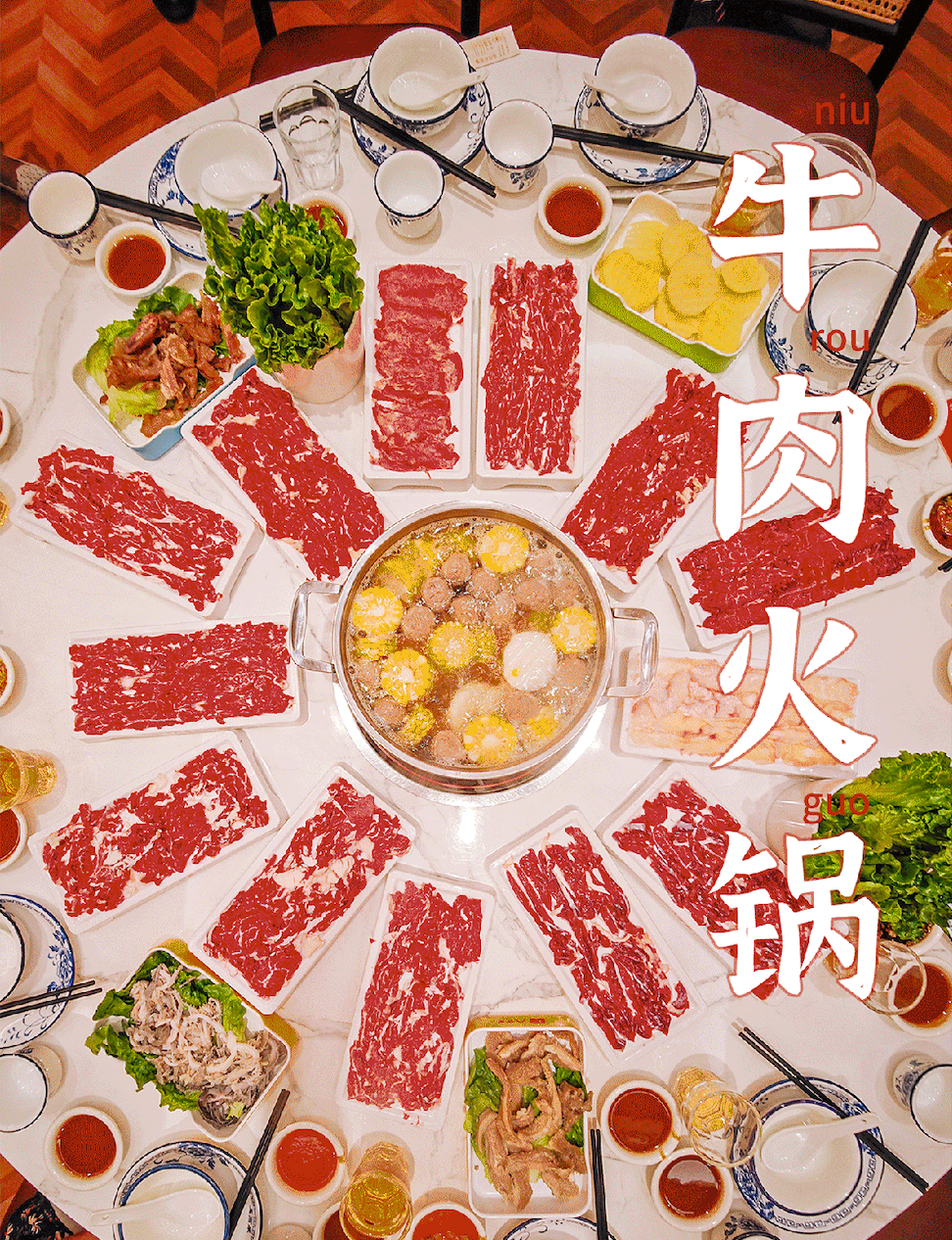
Gourmet Food
This is a place your tongue knows better than your brain
Beef hot pot, raw marinated, Gongfu tea
……
Before the geographical concept of "Chaoshan" was known to people
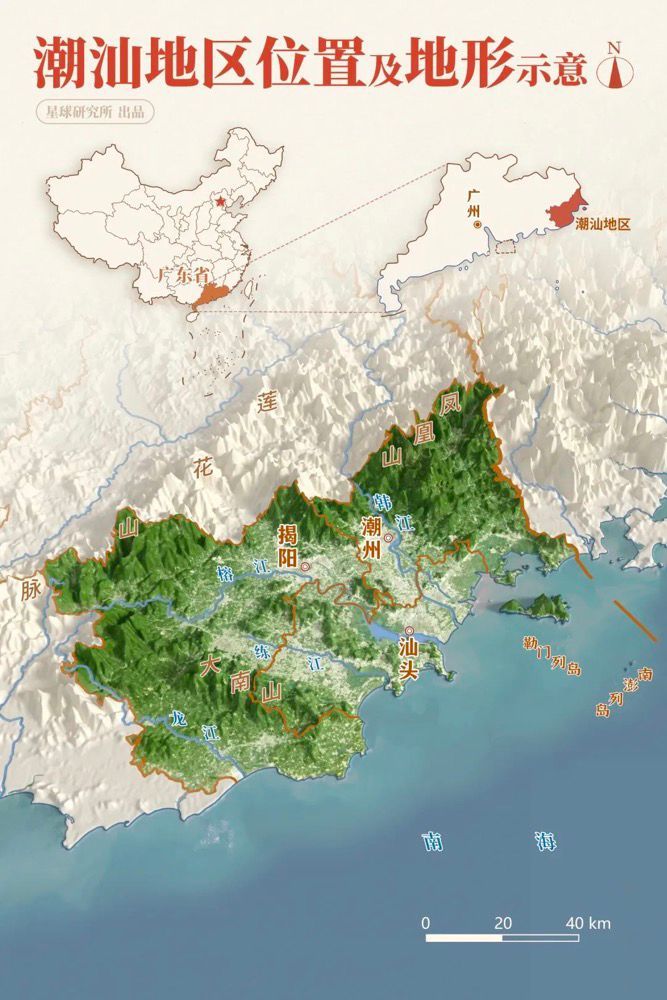
At the southern tip of China, the easternmost part of Guangdong
Chaozhou, Shantou and Jieyang
It constitutes what people usually call "Chaoshan"
A group of low-key wealthy businessmen came out of here
The myth of wealth transcends time and continues to this day
The wanderers from here recreate a "Chaozhou" overseas
13 million overseas hipsters, 2 million hipsters from Hong Kong, Macau and Taiwan
Across time and space, tenaciously preserving cultural traditions
A lasting resonance with the homeland
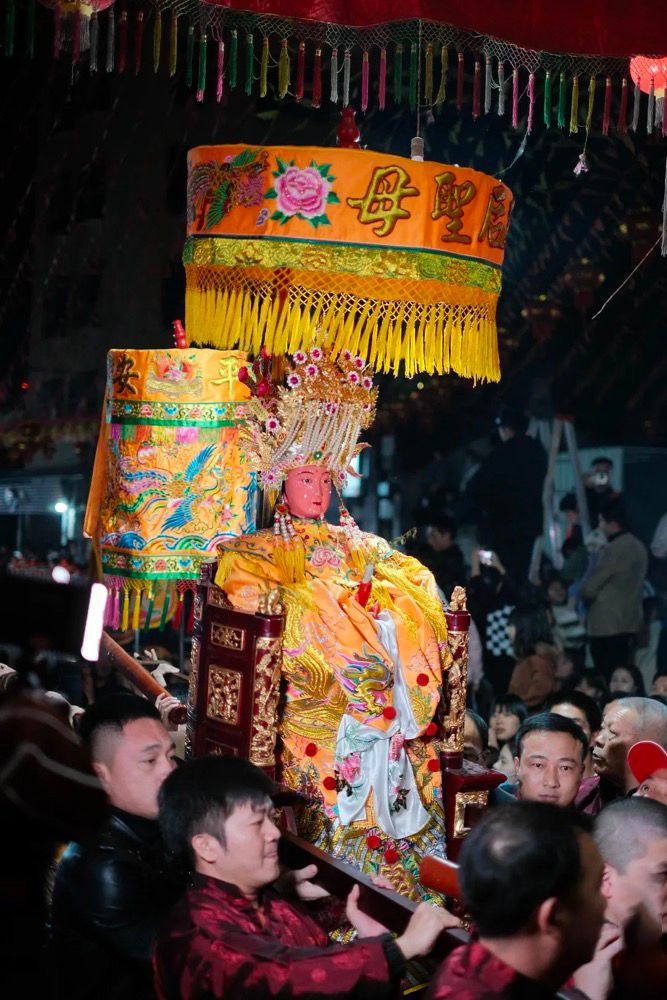
When we lament that thousands of cities are the same
I found that Chaoshan people don’t seem to care about what the outside world thinks.
Worship gods, ancestors and speak Chao dialect
Drinking tea, watching plays, weddings and funerals, forming a unique style
Located in the corner of mountains and sea
People in a foreign country
Thinking of the Ancestors
Fresh and unique
Why is Chaoshan so special?
01
A world of its own
You can hardly see Chaoshan in history books.
China's political center has long been located in the north
Chaoshan is far away from the emperor, and the vast ocean is to the south
Therefore, the struggle for supremacy has nothing to do with it, and the change of dynasties is too far away for it.
And then the next level
Chaoshan is equally remote compared to the provincial capital Guangzhou.
Guangdong is unique among the southeastern coastal provinces in that it is long and narrow.
Chaoshan is the easternmost part of Guangdong
More than 400 kilometers away from Guangzhou
Approximately equivalent to Beijing to Hohhot
What makes this distance seem even more remote is the Lotus Mountain Range.
It starts from the mountainous area in eastern Guangdong in the north
Cutting diagonally to the southwest, extending to the coast
Create mountains over 1,000 meters high
This long and tall diagonal line
Become a barrier separating Chaoshan and the Pearl River Delta
The closed geographical pattern of Chaoshan
The End of the End
The Edge of the Edge
Under the overlap of double edges
Chaoshan has its own world
Between the Mountains
Hanjiang River, Rongjiang River, Lianjiang River
The three rivers each created an alluvial plain
Collectively known as the "Chaoshan Plain"
Leave room for the birth of civilization here
The Tropic of Cancer passes through Chaoshan
More than half of the area here is located south of the Tropic of Cancer.
Rain and heat occur at the same time, with sufficient heat
The monsoon brings abundant rainfall to the southeast of the Lotus Mountains.
thus
Chaoshan's background color is highly saturated
There is greenery all year round here
The trees are green and moist all year round.
Clear sea blue
The coastline is long and winding.
The tides circulate here
Extreme orange red
Popular flowers and trees for trendy people
When the flowers bloom, they will never restrain
Kapok, huge and deep red
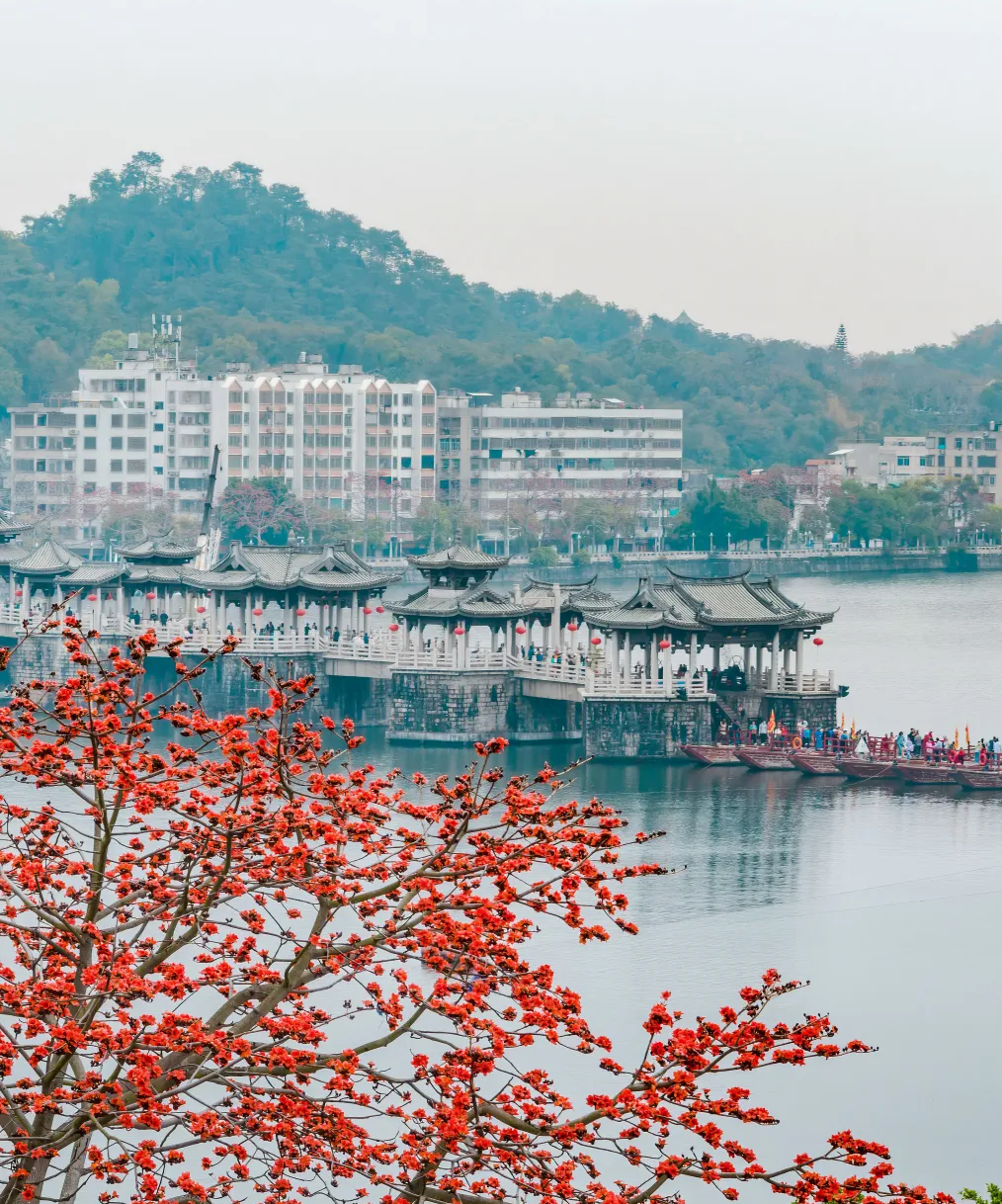
Against the colorful background, everything is alive and kicking
Marine life swims freely in the vast ocean
In ancient China, the southeastern coast was originally civilized later.
Chaoshan is located at the provincial border, especially at the edge.
Aboriginal people may be singing in the mountains
Women wearing brightly embroidered clothing
Or start making boats and make a living by fishing
The imperial court occasionally cast a glance at Chaoshan, but only briefly.
In 591 AD, Emperor Wen of the Sui Dynasty named this place "Chaozhou" after the "reciprocating tides".
The name "Chaozhou" has a history of more than 1,000 years.
For a long time, "Chaozhou" has always been
This is what we now call the Chaoshan area.
But naming is just naming.
Chaozhou is still considered a barbarian land in the eyes of the Central Plains.
The poet Han Yu more than 200 years later
When I knew I was going to be exiled to Chaozhou, I was determined to die.
(In 819 AD, Han Yu was demoted to Chaozhou for speaking out and admonishing others. On the way, he wrote "Left to Languan to Show My Nephew Sun Xiang")
▼
A letter was submitted to the emperor in the morning, and he was demoted to Chaoyang, eight thousand miles away in the evening.
If you want to eliminate the evils for the wise emperor, you are willing to cherish your remaining years!
Where is my home with clouds across the Qinling Mountains? The snow blocked the Blue Pass and the horses could not move forward.
I know you have come from afar with a purpose, so please collect my bones from the poisonous river.
Arriving in Chaozhou
Han Yu may have enjoyed the earliest raw pickled
He saw a table full of strange-shaped, half-cooked seafood.
I just felt the stench and was sweating profusely.
At that time, crocodiles were rampant in the river.
Han Yu led his men to throw pigs and sheep into the river
Write "Crocodile Article" to persuade crocodiles to leave
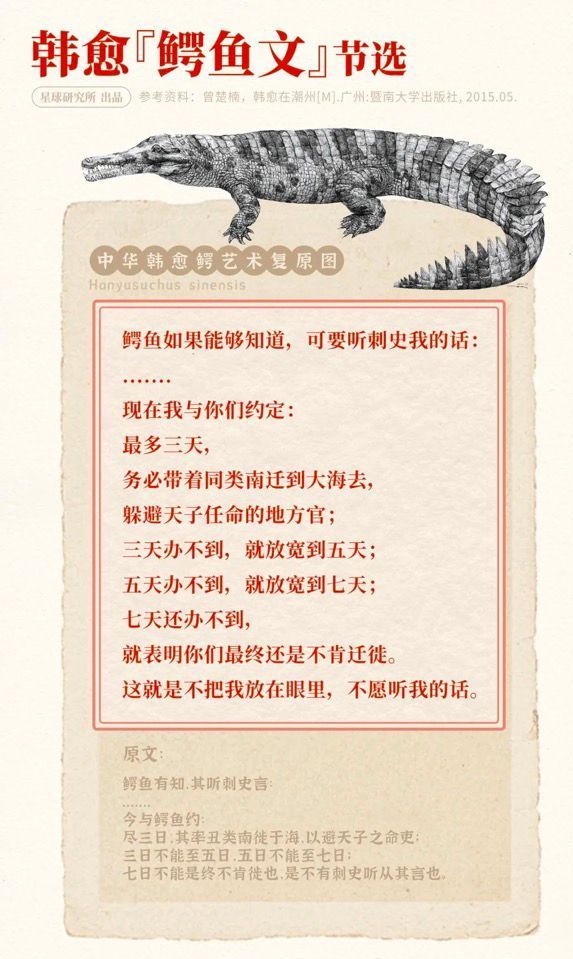
In just eight months in Chaozhou
Although Han Yu failed to bring about fundamental changes
But he established state schools, liberated slaves, and encouraged people to farm and sericulture.
The image of a diligent and tolerant scholar
The Central Plains civilization left an excellent impression on Chaozhou
This is the prelude of Central Plains music played in Chaozhou
But this remote and colorful seaside land
Still waiting for someone to actually settle here
02
Remaking the World
Wars in the Central Plains led to the migration of the Han people to the south
To avoid the war in the north, they moved further south.
From Central Plains to Jiangnan, from Jiangnan to Fujian
Because the land is narrow and the population is dense, we cross the river again and again.
Fujian immigrants eventually settled in Chaoshan
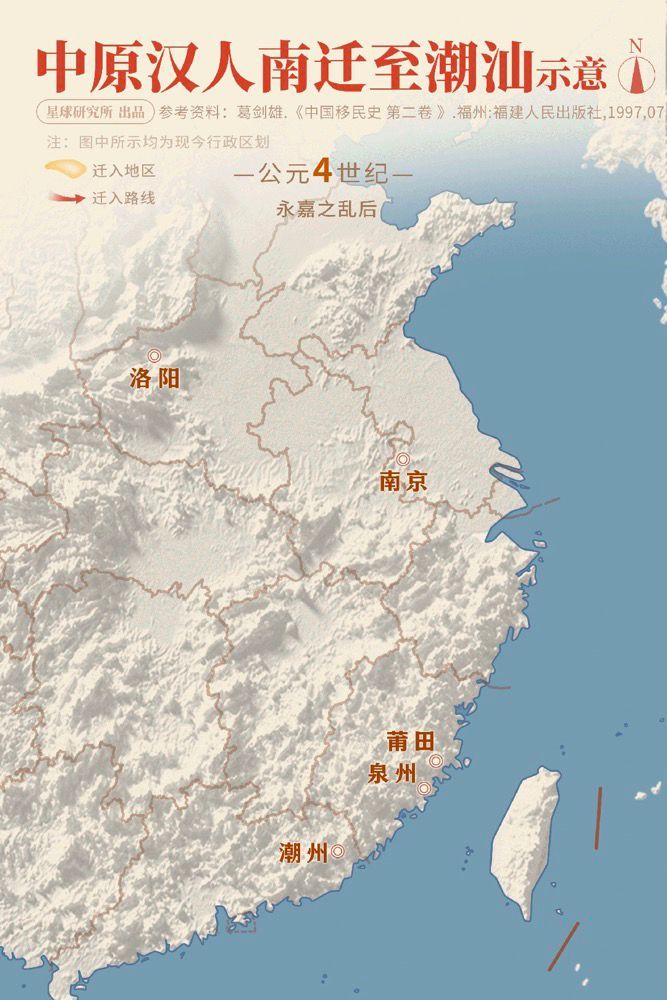
The Civilization Process of Chaozhou
The Song Dynasty as a watershed
The development came quickly, completely and comprehensively.
It almost completely shapes the appearance of this place.
Similar to most areas of civilization
Dam construction, plain reclamation, post road construction
Industrial boom
Adapting to local conditions, Chaozhou people boiled seawater for salt
The scene of "morning smoke from thousands of stoves boiling white snow" appeared along the coast
Business is booming
Merchant ships are loaded with ceramics from Bijia Mountain on the east bank of the Han River
Bijia Mountain is rich in kaolin, the raw material for ceramics.
As a result, there are many kiln factories at the foot of the mountain, which is known as the "Village of 100 Kilns".
Millions of porcelains are produced each year and exported to Japan and Southeast Asia.
The ancient city is prosperous...
The beautiful Chaozhou city was built on the banks of the Han River
This is the political, economic and cultural center of Chaoshan for thousands of years.
Students are admitted
They can be ranked among the nobles, and the best among them
You can also erect a memorial archway on the main street of the city.
The 1.6-kilometer-long Fucheng Street had 43 memorial archways at its peak.
On average, there is a memorial archway every 35 meters.
People live in clans
The building is closed to the outside and open to the inside
Forming a group of buildings
Clans stick together and gain a sense of security in such a space
When immigrants from afar
After transforming this wild place into a livable land
Deep in my heart, memories of my homeland and migration are evoked
The further away from home, the more I miss my hometown.
The more you travel, the more you realize the value of family power
Ancestors of Chaoshan people
In this new home
Start a grand and long-lasting nostalgia for the ancestors
Immigrants who settled in Chaoshan since the Song Dynasty
Most of them came from Fujian, and they were the ethnic group that settled down after the Central Plains immigrants moved south.
The Fujian immigrants wrote on the door plaque:
"Yingchuan Branch" (Chen surname, originated from present-day Henan)
"Lanling nobles" (Xiao surname, originated from present-day Shandong)
"Xihe Branch" (Lin surname, originated from present-day Henan)
Show that they are not natives, but a family from the Central Plains
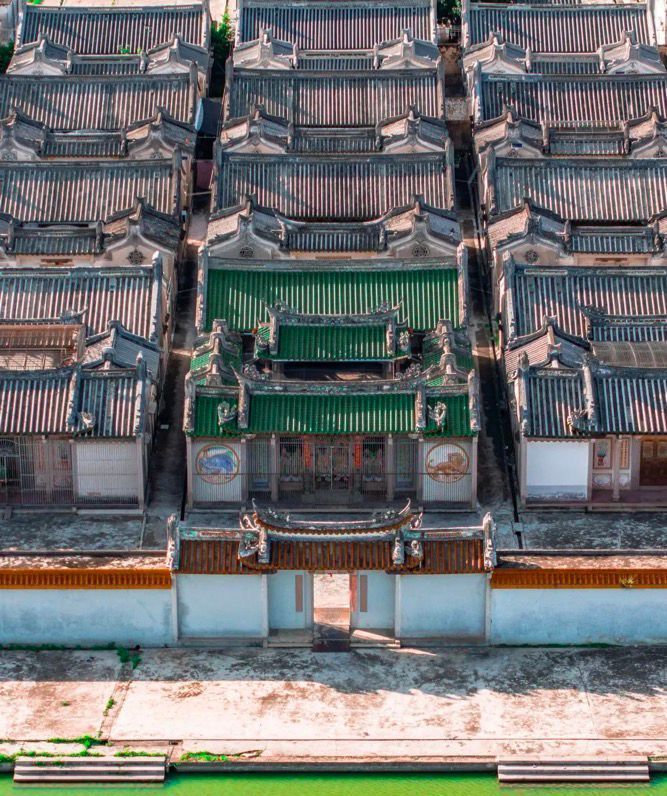
When they immigrated to Chaoshan
The couplets in the ancestral hall would have words like
"Putian family reputation is far-reaching, Longxi family tradition is long-lasting"
Tracing the family's history from the Central Plains to Fujian
The saying "Chaoshan people are the ancestors of Fujian"
Still passed down from generation to generation
Immigrants proudly preserve their own language
Ancient Chinese from the Central Plains is layered on top of the Chaoshan dialect.
Chaoshan dialect is therefore called the "living fossil of ancient Chinese"
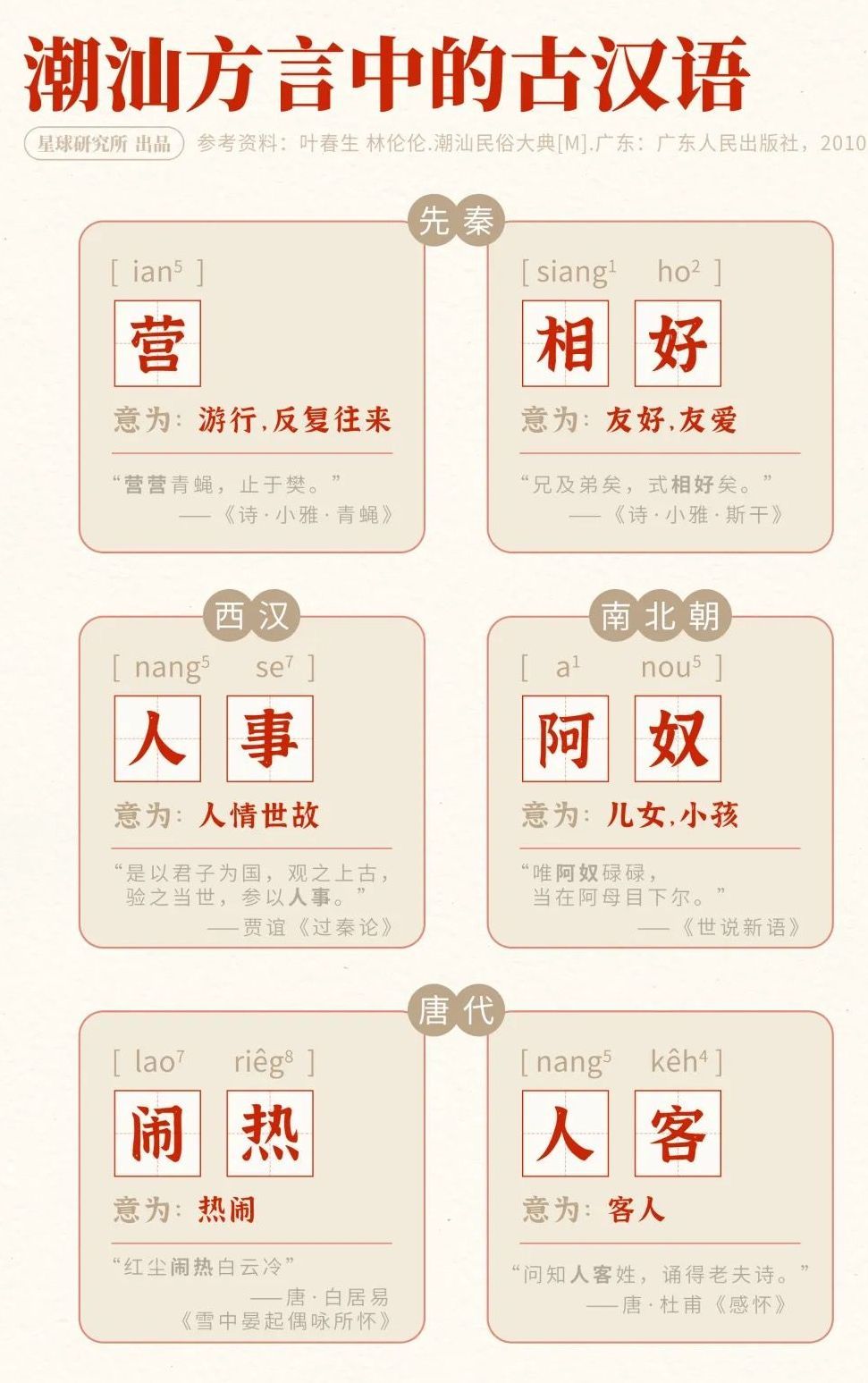

The etiquette of life is also quite ancient
When boys and girls are fifteen years old
Wear red clothes and red clogs
Farewell to the guardian deity at the foot of the bed - the in-laws
Remove the hair on your face
Symbolizes growing up
Play God
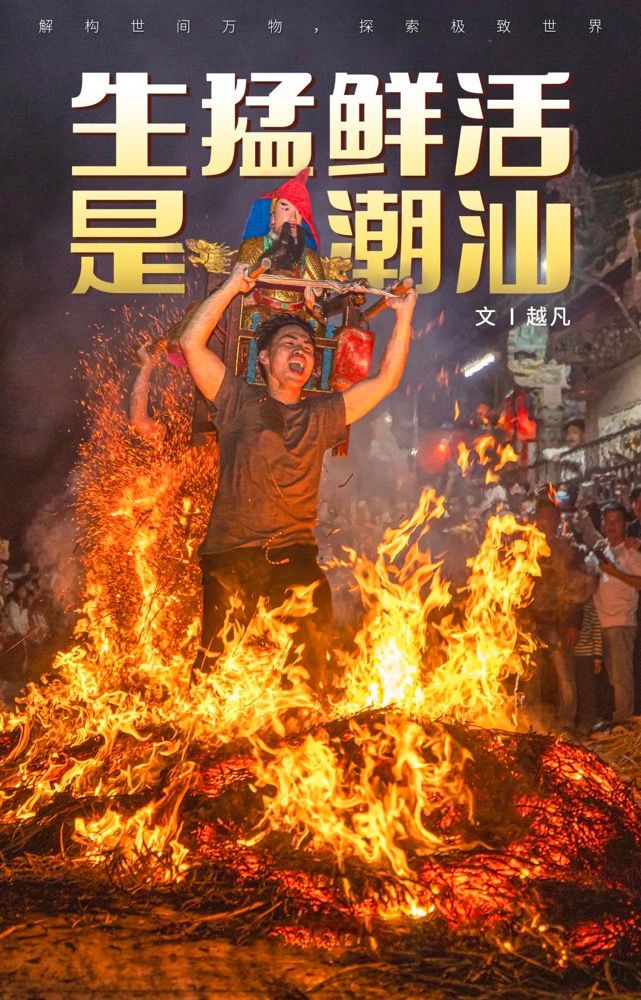
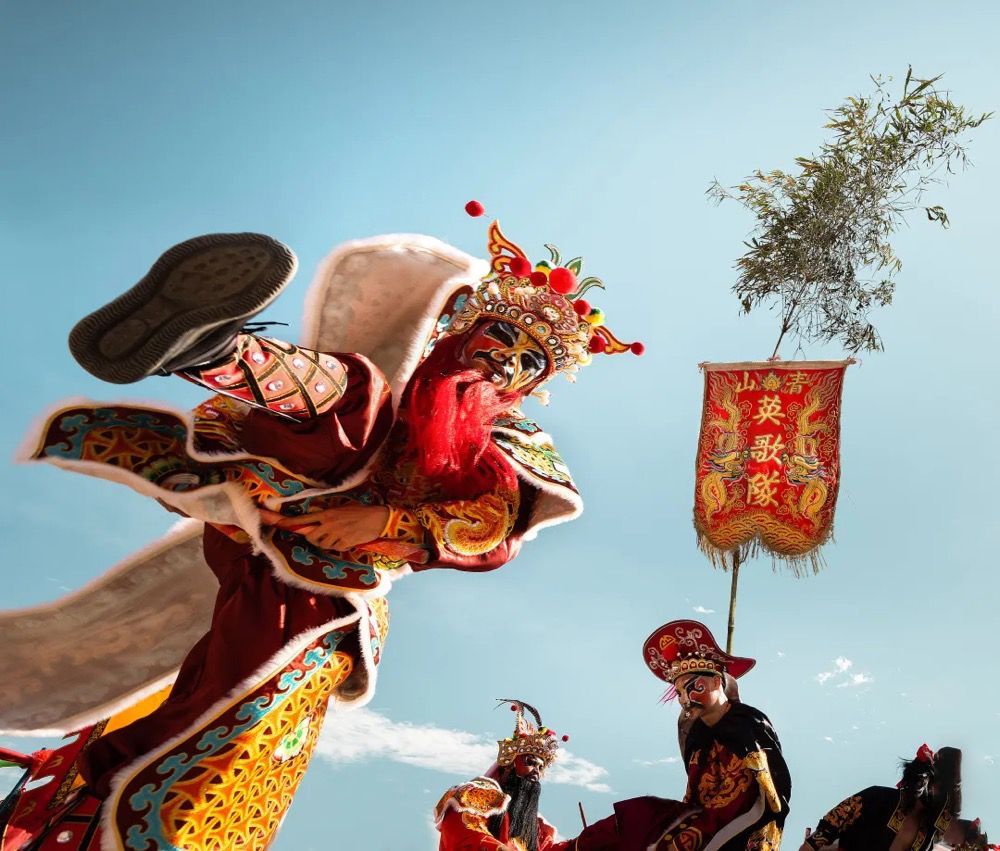
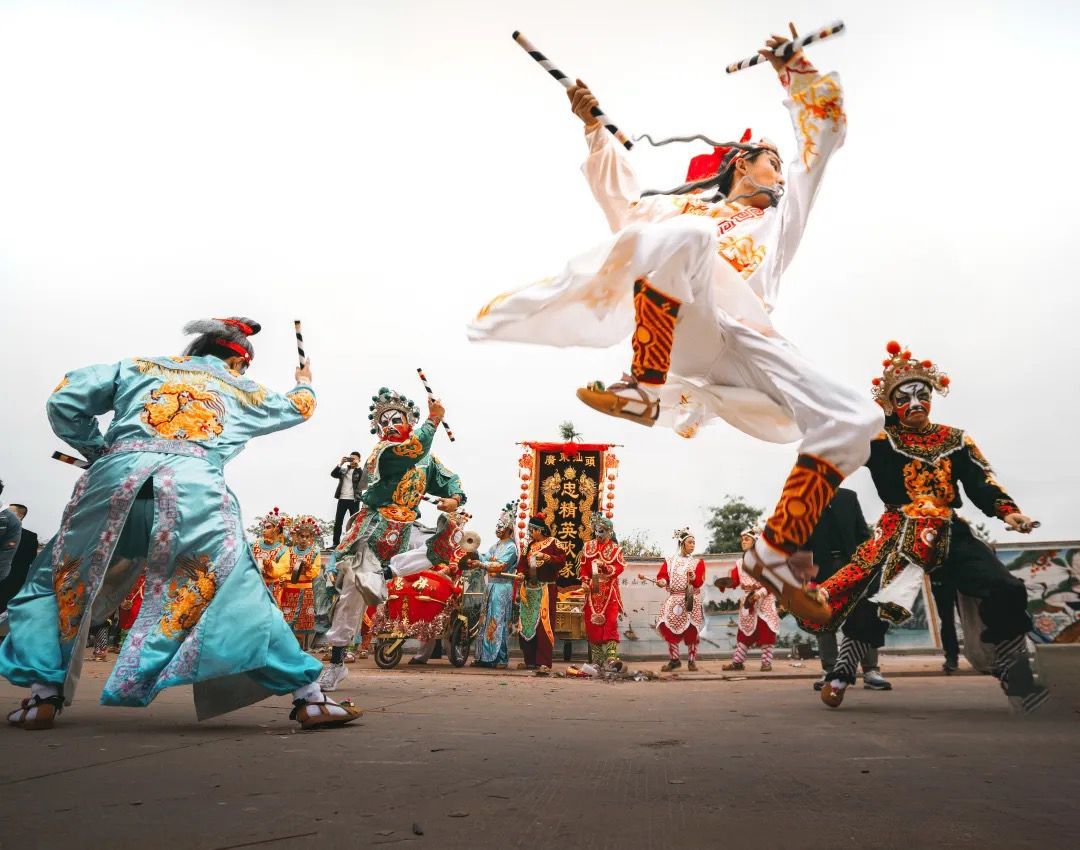
The Chaoshan ethnic group was born out of turmoil and migration.
Perhaps because he has seen through the changes of dynasties and the uncertainties of the times
They believe more in the power of family and inner faith.
The passionate and heroic Yingge dance
Often takes the lead in the procession
The movements are wide and open, and the lead dancer holds a little dragon in his hand.
Or it may be derived from the remains of the Nuo culture of the pre-Qin period.
The worship of snakes in the ancient Minyue culture
Mazu, the sea goddess from Putian, Fujian
It has become the spiritual sustenance of Chaoshan people when they go out to sea
Respected as "Queen of Heaven" and "Concubine of Heaven"


Local belief in the "Three Mountain Kings"
It comes from the legend of three mountains taking on human form.
Or it may have originated from the worship of mountain gods before the Central Plains people entered
The divine world is a reflection of the human world
Gods from different periods and regions coexist harmoniously in Chaoshan
Create a colorful world of gods that is highly integrated with the secular world
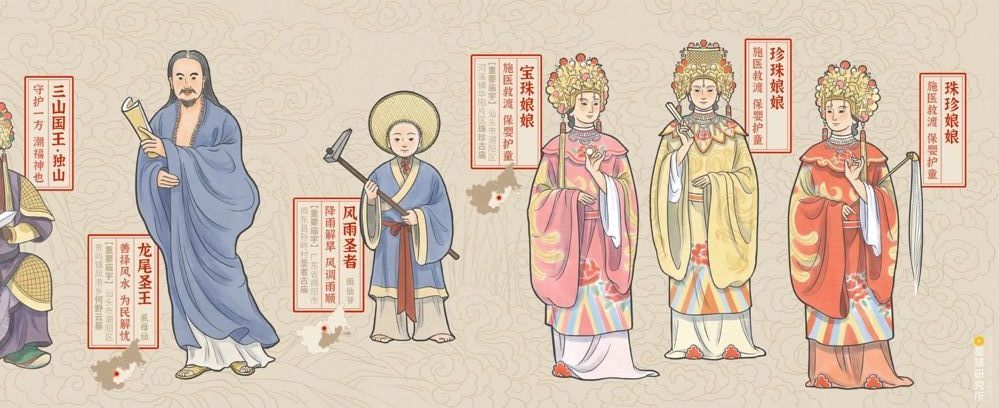
They each have their own duties and come from different time and space
A sky full of gods and ancestors
Reflecting the bustling world of Chaoshan
Wang Shixing, a geographer in the Ming Dynasty, sighed after visiting this place:
Chaozhou is so prosperous now, but it is different from the past
(Wang Shixing, "Guangzhi Yi, Volume 4, The Provinces in the South")
▼
"Today's tide is different from the past, the streets are prosperous,
The men and women are prosperous, with furs, horses, and musical instruments, no less than those of the superior kingdoms. ”
But under the blooming flowers
The troubles of the prosperous times are showing their claws

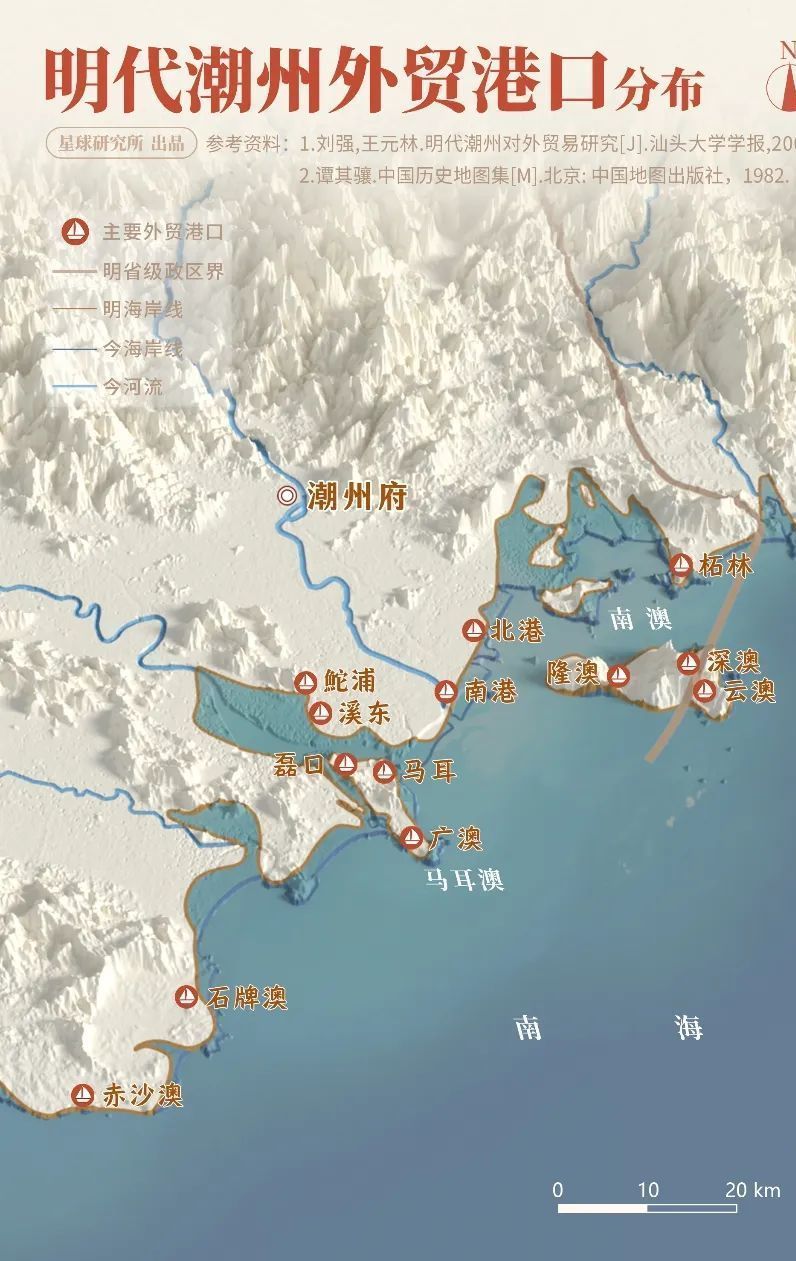
03
Survival
Ming Dynasty
The maritime ban policy was implemented during the Ming and Qing dynasties and lasted for hundreds of years.
Directly hit the livelihoods of the people living in the coastal areas of Chaoshan
Compared with the closed isolation from the Central Plains inland
Chaoshan opens itself to the sea
It is located at the intersection of the east-west route
Directly east to Japan and North Korea
To the west, you can sail to the South Seas
A large number of people make their living from the sea
Land bans cannot stop the ocean's waves
Chaoshan, which is used to finding its own way out, is even more unwilling to accept its fate.
Moreover, the stricter the maritime ban, the higher the profits.
(Longqing, Chaoyang County Chronicles, Volume 2, County Affairs Records)
▼
“The people of Teochew publicly repaired the great ship,
Set sail, return with a full load, with treasures overflowing the streets"
Therefore, in different groups and at different stages
Chaoshan people interact closely and intensely with the ocean
A thrilling legend of suffering and wealth
There are thieves who go to sea to make a living
Japanese pirates attacked the southeast coast during the Ming Dynasty
Chaozhou Prefecture is the eastern gate of Guangdong and was deeply affected.
The maritime ban policy caused some low-income people in coastal areas to lose their livelihoods.
Some refugees went to sea to become bandits
Or collude with the Japanese pirates, or associate with the bandits
Chaozhou Prefecture became Guangdong's "den of thieves"
Nan'ao Island is only 10 kilometers away from the Chaoshan coast.
It is located at the strategic point of Fujian and Guangdong, and is an important node for coastal shipping.
The geographical location is extremely important, isolated overseas
It has become a pirate's paradise and a smuggler's paradise.
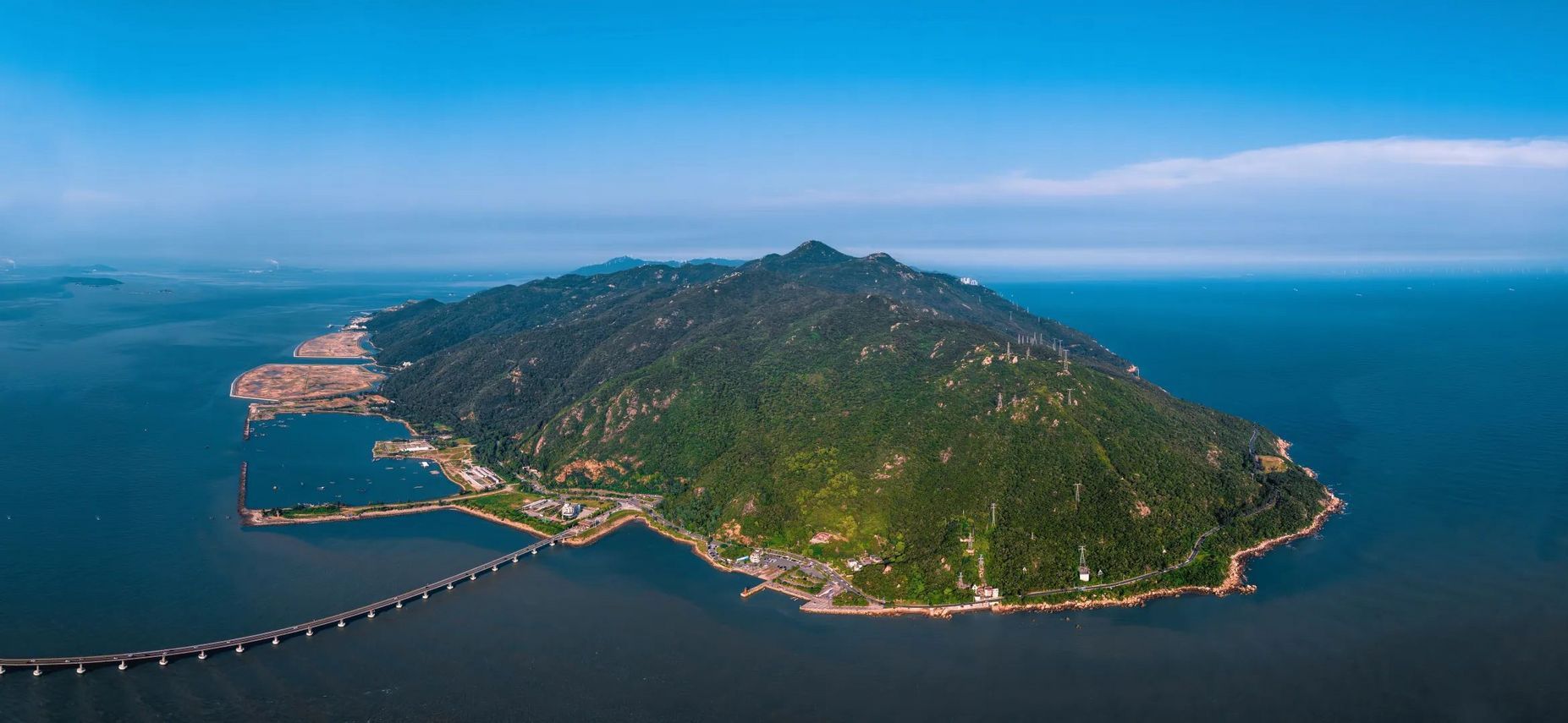
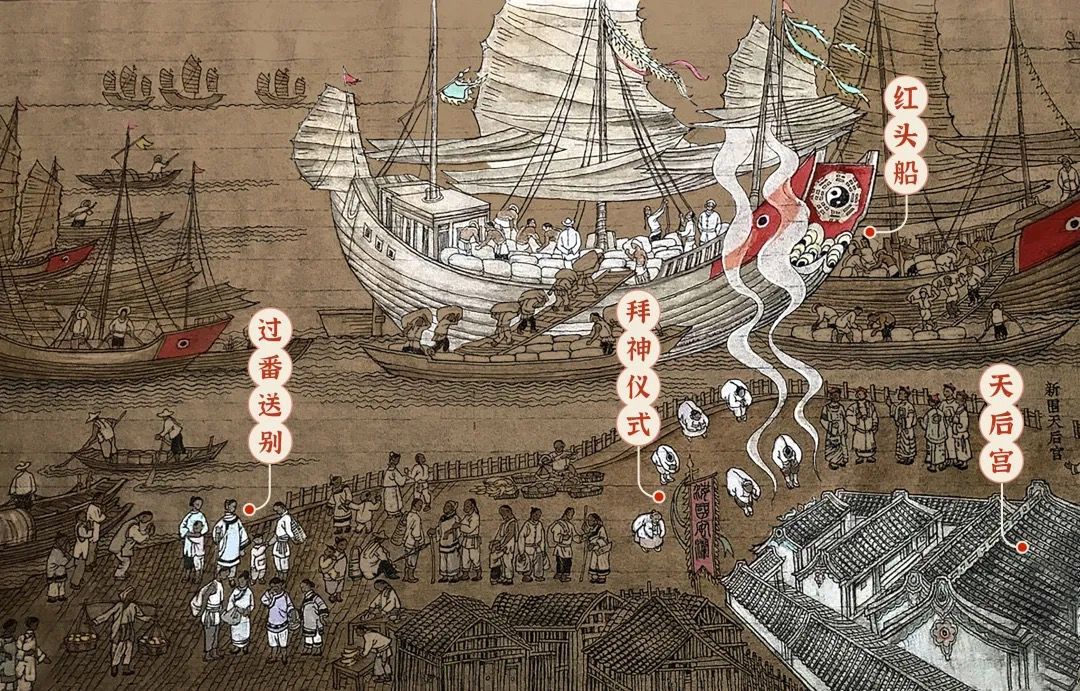
There are profit-seeking sea merchants
The official market is closed, but the private market continues
The maritime ban policy was sometimes loose and sometimes strict
Businessmen find gaps in the rules
Occasionally, armed confrontations occurred with the government
Zhanglin Port, located at the confluence of the Han River and the sea, is rising
At its peak, it had more than 100 ocean-going fleets.
The red, white, green and blue boats of each province complement each other
The red-headed boat representing Guangdong is particularly eye-catching.
The Chaozhou business community thus entered the historical stage and spread across the north and south.
There are oppressed civilians
The looting of Japanese pirates along the coast
The people were forced to build forts for self-defense and live in clans.
Large and small "village" appeared in Chaoshan villages
So-called
"Every village has its own stronghold, with high walls and thick fences, everywhere."

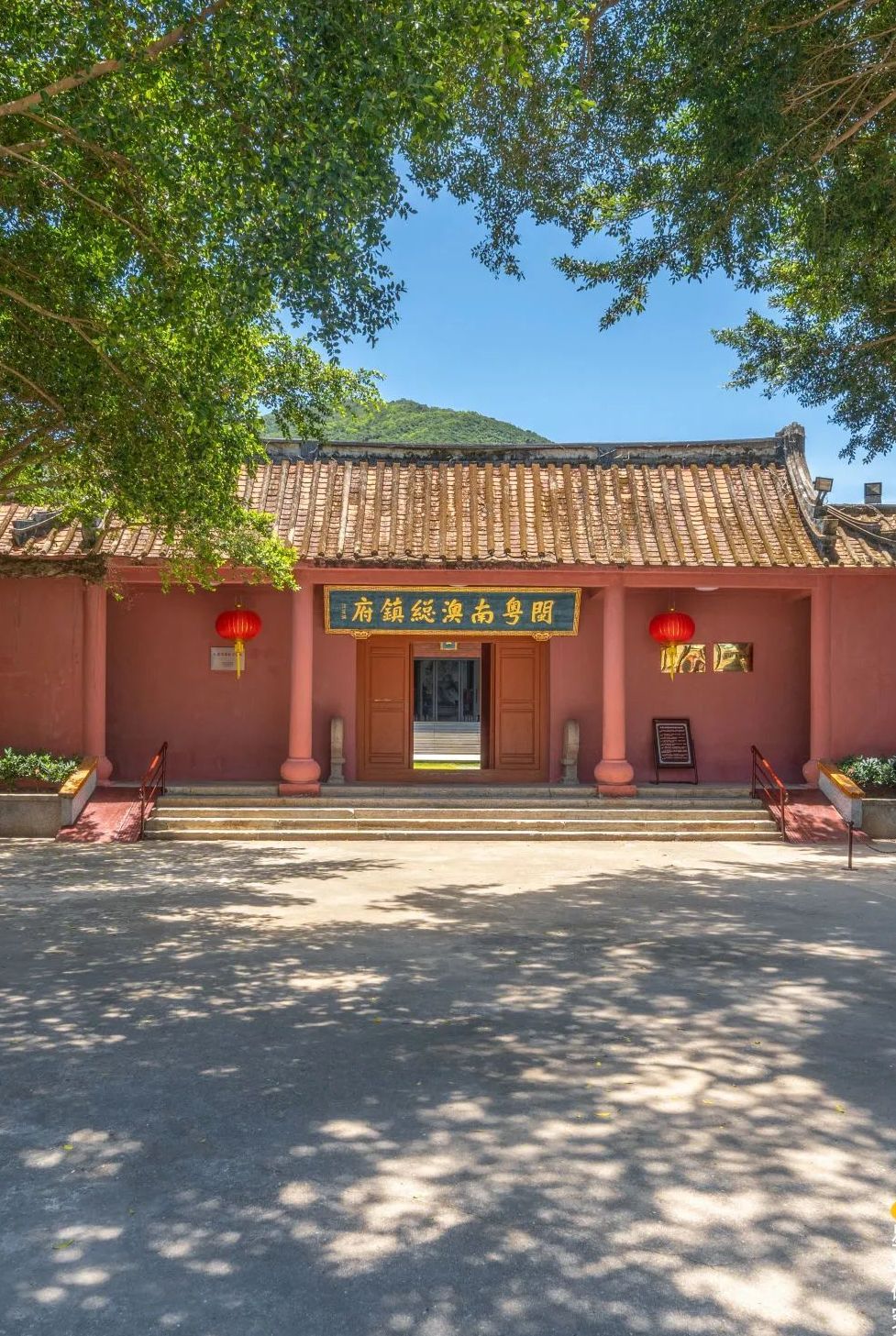
Civilians can be forced to become bandits
Pirates can make money doing business
Merchants are armed with pirates
The three identities are mixed and unclear, and constantly changing.
Stirring up the Chaoshan coast
In the late Qing Dynasty
The long-standing practice of building strongholds for self-protection has put local governance in a difficult position
There are constant conflicts between clans, and Chaozhou is known as the "hometown of armed fights"
People at that time commented that "Chaozhou customs are the worst among Cantonese people"
In 1812, the population of Chaozhou Prefecture was 2.21 million
Nearly four times as much as a century and a half ago
The population boom has exposed long-standing constraints on the land:
There is too little arable land
No land to cultivate, no jobs to do
Natural disasters, human disasters, survival of the fittest
There was no other choice but to go to Siam (now Thailand)
More lower-class Chaoshan people are being pushed further into the ocean
Chaoshan people began to "go abroad"
Known in history as "Going to Southeast Asia"
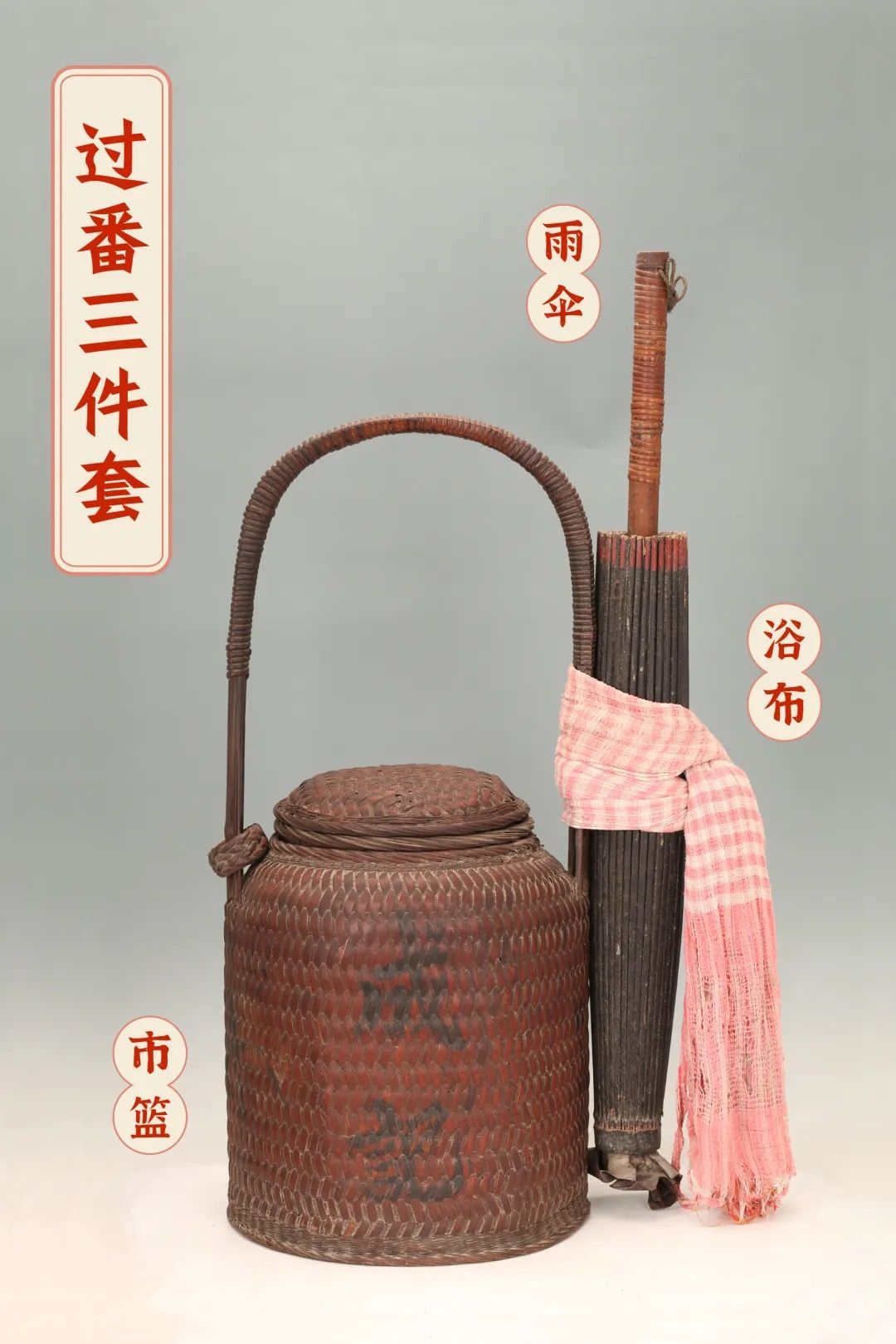
Southeast Asia and America, which are developing at the moment, need labor
A large number of Chaoshan people were sold overseas as "piglets"
Or they are forced to take the initiative to make a living
Or being seduced, blackmailed, kidnapped
Set foot on foreign land
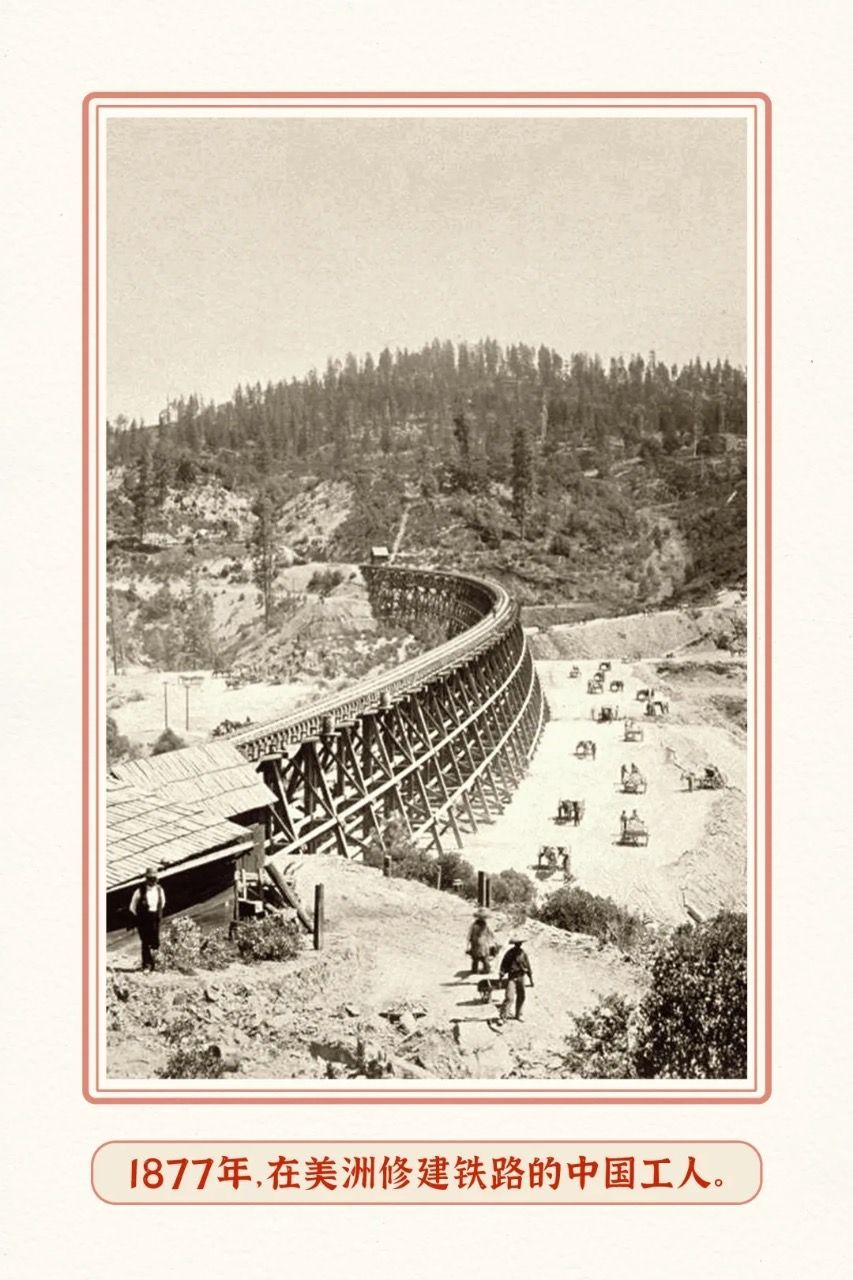
Population and land
Refugees and the Rich
Crisis and Turnaround
Under many contradictions
Chaoshan and the ocean form a strong tension
Stimulating the clan ties of huddling together for warmth under the ban
It also made the people of this land determined to cross the ocean
The ocean makes this small world unstable
Chaoshan is undergoing tremendous changes, and the people of Chaoshan are working hard
A bigger "Chaoshan"
But it will be formed through the ocean
04
Hometown and Foreign Land
China was isolated from the outside world for a century
Still can't lock the huge waves from the sea
In 1856, the British and French forces launched the Second Opium War
The Qing government was defeated and signed an unequal treaty
Chaozhou (Shantou), Qiongzhou, Taiwan
10 places became foreign trade ports
Shantou, a land of sand ridges
Located at the mouth of Hanjiang River, Rongjiang River and Lianjiang River
It replaced the increasingly silted Zhanglin Port
It also took on the mission of being the economic center of Chaozhou City.
Chaoshan
Finally embrace the ocean completely
On January 1, 1860, Shantou opened its trade with the United States as scheduled
The "Chao Customs" was established on Mayu Island in Shantou Port
At this point, Shantou was officially opened as a port
1906
Chaoshan Railway completed and opened to traffic
Connecting the trading port of Shantou and Chaozhou
This is China's first commercial railway
The name "Chaoshan" is accompanied by 42 kilometers of railway
Since then, it has been widely used among the people
A century-old commercial port with a glorious past
1933
Shantou Port’s cargo throughput accounts for 8.76% of the country’s coastal ports’ cargo throughput
It ranks third in the country after Shanghai and Guangzhou.
Become an international seaport on China's southeast coast
Merchant ships travel between Shantou, Hong Kong, Thailand and Singapore
The international trade circle of Shantou, Hong Kong, Siam and Ribeye was formed
The Chaozhou business community
The Chaozhou business community was built on geographical and blood ties
A well-connected and strong network
Rapidly build a trade network
Even though the British have significant political and capital advantages in Hong Kong
Can't intervene
The wealth that Chaoshan merchants quickly accumulated abroad
Externalized into the exquisite residential buildings, ancestral halls and temples in my hometown
Chen Cihong (hóng), a leader among the northern and southern merchants
The business is spread all over Southeast Asia, and the wealth is in Southeast Asia
Chaoshan proverb: "No one is richer than a benefactor"
The construction of Chen Cihong's former residence took nearly half a century
Covering an area of 25,400 square meters, with 506 rooms
Exquisite and gorgeous, blending Chinese and Western styles
Known as "the first overseas Chinese residence in Lingnan"
As if there is only the ultimate luxury and magnificence
Only then can we soothe the hardships of surviving in the raging sea
Overseas Chinese tycoons return home in glory
Jianxi often spared no money
Even invited two groups of craftsmen to "compete in art"
Therefore, the craftsmen also "involve" to the extreme
Wood carving needs multiple levels of hollowing out
Intricately carved gold
Stone carvings should be exquisite and transparent
Lifelike
The roof should also be full of flowers
Competition of beauty
Chaoshan architecture is a review of Chaozhou craftsmen
The Chaozhou craftsmen
The products of mountains and seas, opera art, and Nanyang customs
Integrated into Chaoshan architecture
Reach the pinnacle, the ultimate in excellence
Delivering a fashionable and extremely sophisticated aesthetic
Chaoshan people call people who go to Southeast Asia to make a living "Fanke"
For most ordinary customers
Maybe you can't afford to spend a fortune on a mansion.
But no matter what, I have to send money in the letter I send home.
This is the "Qiaopi"
1934 was the peak period of the development of the overseas Chinese remittance industry
On average, more than 180,000 overseas Chinese letters are sent back from Southeast Asia every month.
Villages in Chaoshan that rely on overseas remittances for survival
Countless families are eagerly waiting for this
The "pijiao" that specializes in delivering overseas remittances brings peace and money
While Chaozhou overseas Chinese are giving back to their hometown
Also building a trendsetting society overseas
They went into business and politics and became overseas Chinese leaders.
Taking root in Southeast Asia
The Teochew Associations have formed a huge network of overseas Teochew people
Standing at the Shantou Port at that time
You may see
The young man is about to cross the border with his bag
The foreign tourists got off the ship and returned home in glory
The postman was preparing to deliver the overseas remittances from Nanyang
Busy air routes
Emerging cities
The bustling pier
A bigger "Chaoshan" is finally formed
05
Looking Back
Chaoshan
Civilized by immigration in turmoil
It was also formed by the wanderers who traveled far away from home.
Chaoshan has experienced a long period of wilderness
No one cares, it grows freely
Chaoshan was once at the forefront of reform
Standing at the forefront, full of joy
But the historical stage has its own generals and ministers.
Prosperity is often like a passing cloud
Besides, people are always on the move.
Since 1991
Shantou, Jieyang and Chaozhou
It has been "separated" for more than 30 years
Chaoshan people
A new round of departure has already begun
The small land still cannot accommodate more people
Facing the increasingly powerful economic siphoning of the Pearl River Delta
The Chaoshan people are not immune either.
Eternal change is not centered
What is Chaoshan?
It is a vigorous vitality
Need to get head of the people, Nisshin's fight money
There should also be celebrations with loud gongs and drums, and thanksgiving to the gods.
It is a cultural tradition that is stubbornly adhered to.
Chaoshan women remember the rules of the eight festivals of the year
Busy all day, year after year
(Zhenzhu Niangma from Qingshan Village, Xilu Town, Shantou, went out on a lotus chariot.
People moved tables to take seats.
Preparing to worship the Pearl Lady)
Leave your hometown but never forget your way home, go through hardships but never forget your ancestors
The more I leave, the more I look back
Travel across mountains and rivers to take root, and travel across oceans to live a colorful life
The harder it is, the more brilliant it will be
(The God Parade and Fire Jumping in Hengshan Village, Jiedong District, Jieyang City)
No matter where you are
Chaoshan people have the same Chaoshan
All things have spirits, and gods and ghosts are unpredictable
Gods all over the sky, ancestors' blessing
Chaoshan, a corner of mountains and sea
Crossing mountains and seas, achieving Chaoshan
So fresh and alive
So unique
(Lobster dance during the Ximen Parade in Chenghai, Shantou)


